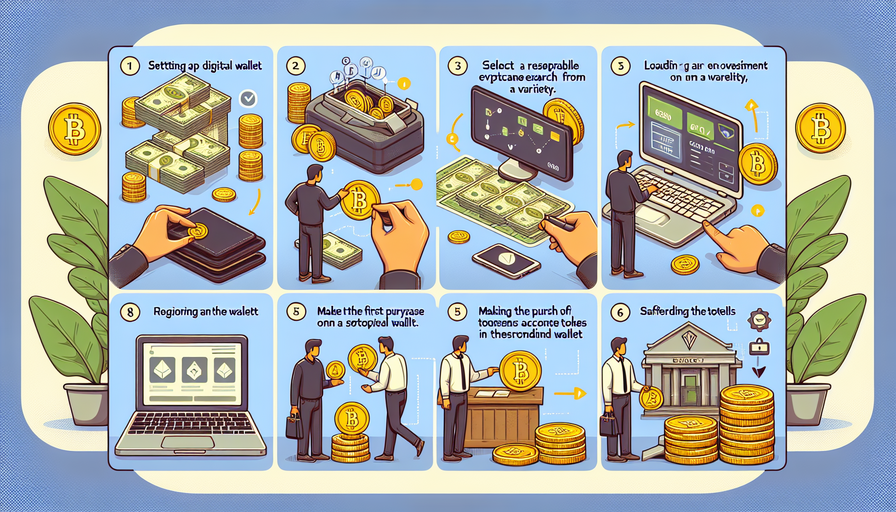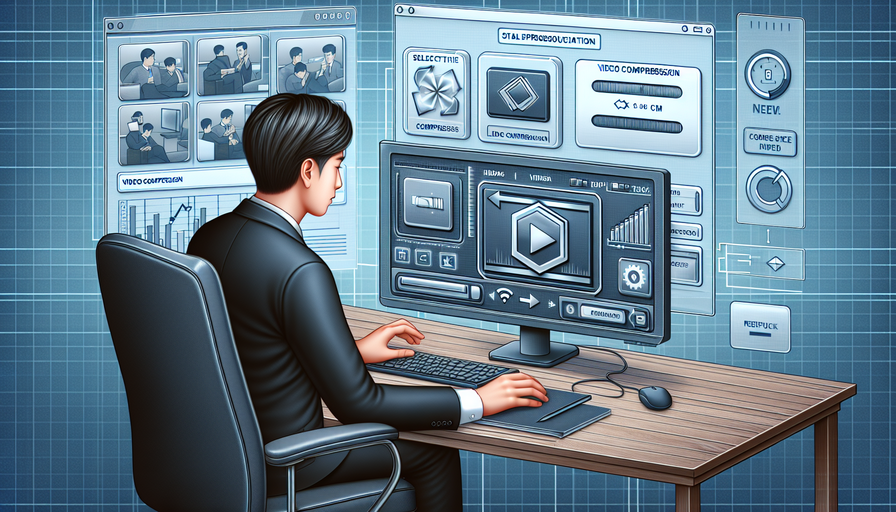Back pain is a common ailment that affects millions of people worldwide. Whether it’s caused by poor posture, muscle strain, or a more serious condition, finding relief from back pain is essential for maintaining overall well-being and quality of life. In this guide, we will explore various methods and techniques to help you alleviate back pain and improve your comfort and mobility.
Understanding the Causes of Back Pain
Before delving into ways to relieve back pain, it’s crucial to understand the potential causes behind it. Common factors that contribute to back pain include:
1. Poor Posture: Slouching or sitting in a hunched position for extended periods can strain the muscles and ligaments in the back.
2. Muscle Strain: Overexertion, lifting heavy objects incorrectly, or sudden movements can lead to muscle strains in the back.
3. Injury: Accidents, falls, or sports-related injuries can cause acute or chronic back pain.
4. Medical Conditions: Conditions such as arthritis, osteoporosis, herniated discs, or sciatica can result in persistent back pain.
Identifying the root cause of your back pain can help determine the most effective treatment approach.
Tips for Relieving Back Pain
1. Practice Good Posture: Maintaining proper posture while sitting, standing, and walking can significantly reduce strain on your back muscles.
2. Exercise Regularly: Engaging in low-impact exercises like swimming, yoga, or walking can strengthen your core muscles and improve flexibility.
3. Apply Heat or Cold Therapy: Using heating pads or ice packs on the affected area can help alleviate inflammation and reduce pain.
4. Try Massage Therapy: Massages can help relax tense muscles and improve blood circulation in the affected area.
5. Use Ergonomic Furniture: Investing in ergonomic chairs or desks can provide better support for your spine and promote good posture.
6. Practice Mindfulness Techniques: Activities like meditation or deep breathing exercises can help reduce stress levels that may exacerbate back pain.
7. Maintain a Healthy Weight: Excess weight puts additional strain on your spine; maintaining a healthy weight through diet and exercise can alleviate this pressure.
8. Stay Hydrated: Drinking an adequate amount of water helps keep your spinal discs hydrated and functioning properly.
9. Consult with a Healthcare Professional: If your back pain persists or worsens despite trying these methods, seek advice from a healthcare provider for further evaluation and treatment options.
Conclusion
Back pain can be debilitating if left untreated but incorporating lifestyle changes and adopting healthy habits can go a long way in managing and alleviating discomfort. By understanding the causes of back pain and implementing strategies such as improving posture, exercising regularly, using heat therapy, and seeking professional guidance when needed, you can take proactive steps towards relieving back pain and enhancing your overall quality of life.


